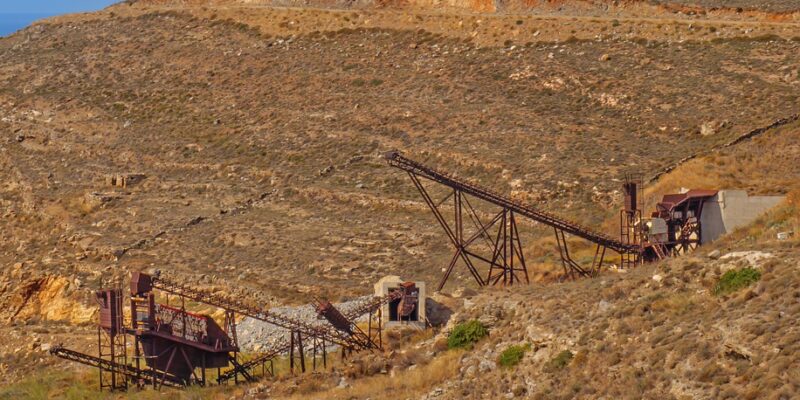Uncovering the Hidden Legacies of Historical Figures
Throughout history, there have been countless individuals who have left a lasting impact on society through their actions, beliefs, and accomplishments. From famous leaders and inventors to artists and revolutionaries, these historical figures have shaped the world we live in today. However, while some legacies are well-known and celebrated, others remain hidden or obscured from view. By uncovering the hidden legacies of historical figures, we can gain a deeper understanding of the complexities of their lives and the impact they had on the world.
The Importance of Uncovering Hidden Legacies
The legacies of historical figures are often shaped by the narratives that are passed down through generations. These narratives can be influenced by biases, misconceptions, and a lack of understanding of the full scope of a person’s life. By uncovering hidden legacies, we can challenge these narratives and reveal the untold stories of individuals who may have been marginalized, misunderstood, or overlooked.
Hidden legacies can also provide a more nuanced and complex view of historical figures. By exploring the lesser-known aspects of a person’s life, we can gain a deeper understanding of their motivations, struggles, and contributions. This can help us to see historical figures as multidimensional human beings, rather than one-dimensional icons.
In addition, uncovering hidden legacies can help to shed light on the experiences of marginalized groups and give a voice to those whose stories have been silenced or ignored. By exploring the hidden legacies of historical figures from underrepresented backgrounds, we can challenge traditional narratives of history and bring to light the contributions of individuals who have been historically overlooked.
Approaches to Uncovering Hidden Legacies
There are many ways to uncover the hidden legacies of historical figures, from archival research and oral histories to reinterpretations of existing narratives and the use of new technologies. One approach is to delve into primary sources such as letters, diaries, and photographs to uncover details about a person’s life that may have been overlooked or forgotten.
Another approach is to explore the perspectives of those who were close to the historical figure, such as family members, friends, and colleagues. By interviewing these individuals and collecting their stories, we can gain a more intimate and personal understanding of the person behind the public persona.
Reinterpreting existing narratives is also a powerful way to uncover hidden legacies. By critically analyzing biographies, historical accounts, and other sources, we can identify gaps, inconsistencies, and biases that may have shaped our understanding of a historical figure. This can help to reveal new insights and challenge dominant narratives.
Finally, the use of new technologies such as digital archives, virtual reality, and social media can also provide innovative ways to uncover hidden legacies. By leveraging these tools, we can reach a wider audience, engage with new perspectives, and create immersive experiences that bring historical figures to life in new and exciting ways.
Examples of Uncovered Legacies
There are many examples of hidden legacies that have been uncovered in recent years, shedding new light on the lives and contributions of historical figures. One such example is the story of Rosalind Franklin, a British scientist whose crucial work in the discovery of the structure of DNA was long overlooked in favor of her male colleagues. Through archival research and reinterpretation of existing narratives, Franklin’s legacy has been brought to the forefront, revealing her important role in shaping our understanding of genetics.
Another example is the story of Bayard Rustin, a key strategist and organizer of the Civil Rights Movement who was marginalized and hidden from view due to his identity as a gay man. Through oral histories and reevaluation of historical accounts, Rustin’s contributions to the movement have been recognized and celebrated, highlighting the intersectionality of his identities and the complex challenges he faced.
By uncovering the hidden legacies of historical figures, we can enrich our understanding of the past and present, challenge traditional narratives of history, and give a voice to those whose stories have been silenced. Through archival research, reinterpretation of existing narratives, and the use of new technologies, we can continue to uncover hidden legacies and celebrate the diverse and complex contributions of historical figures.
